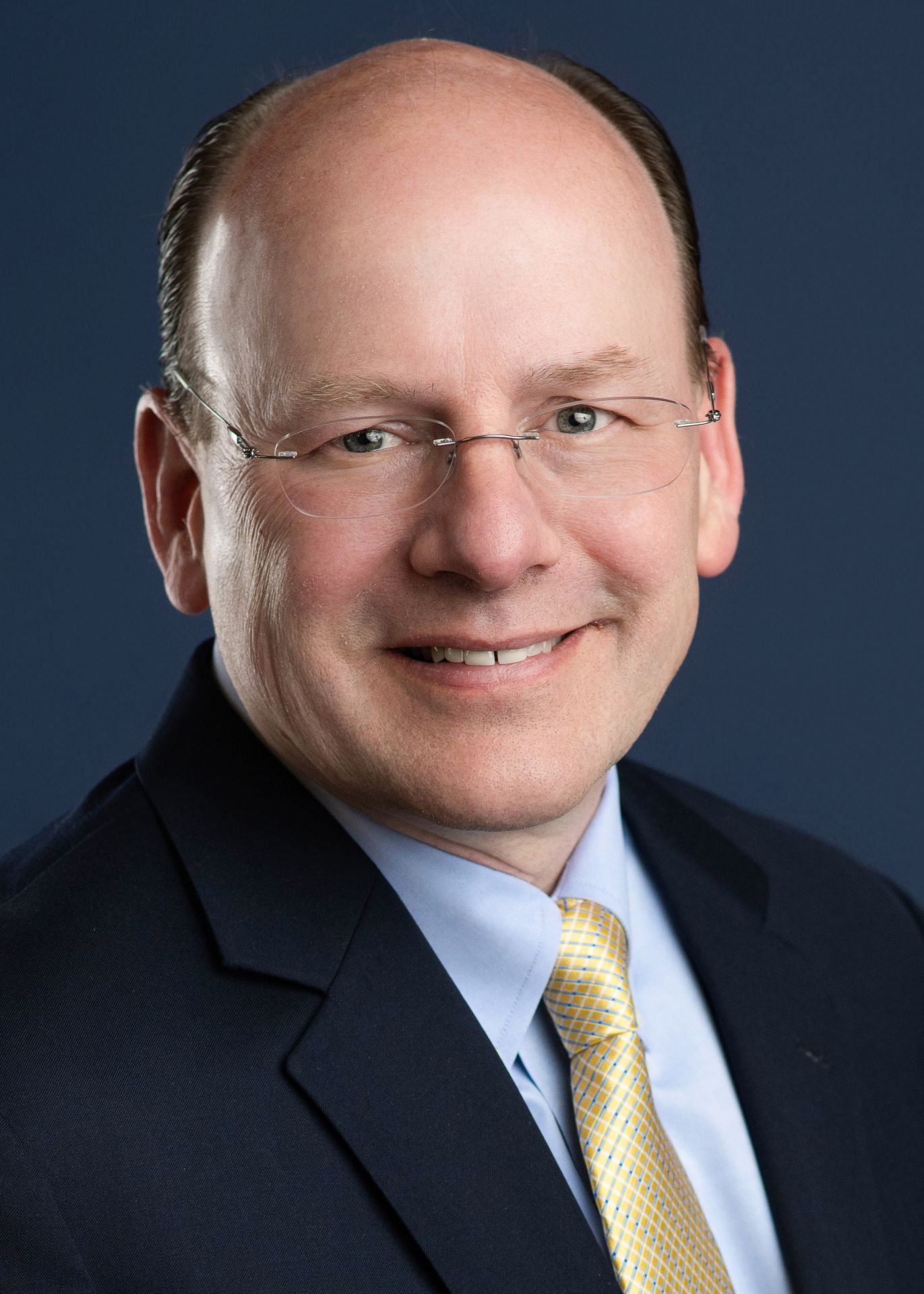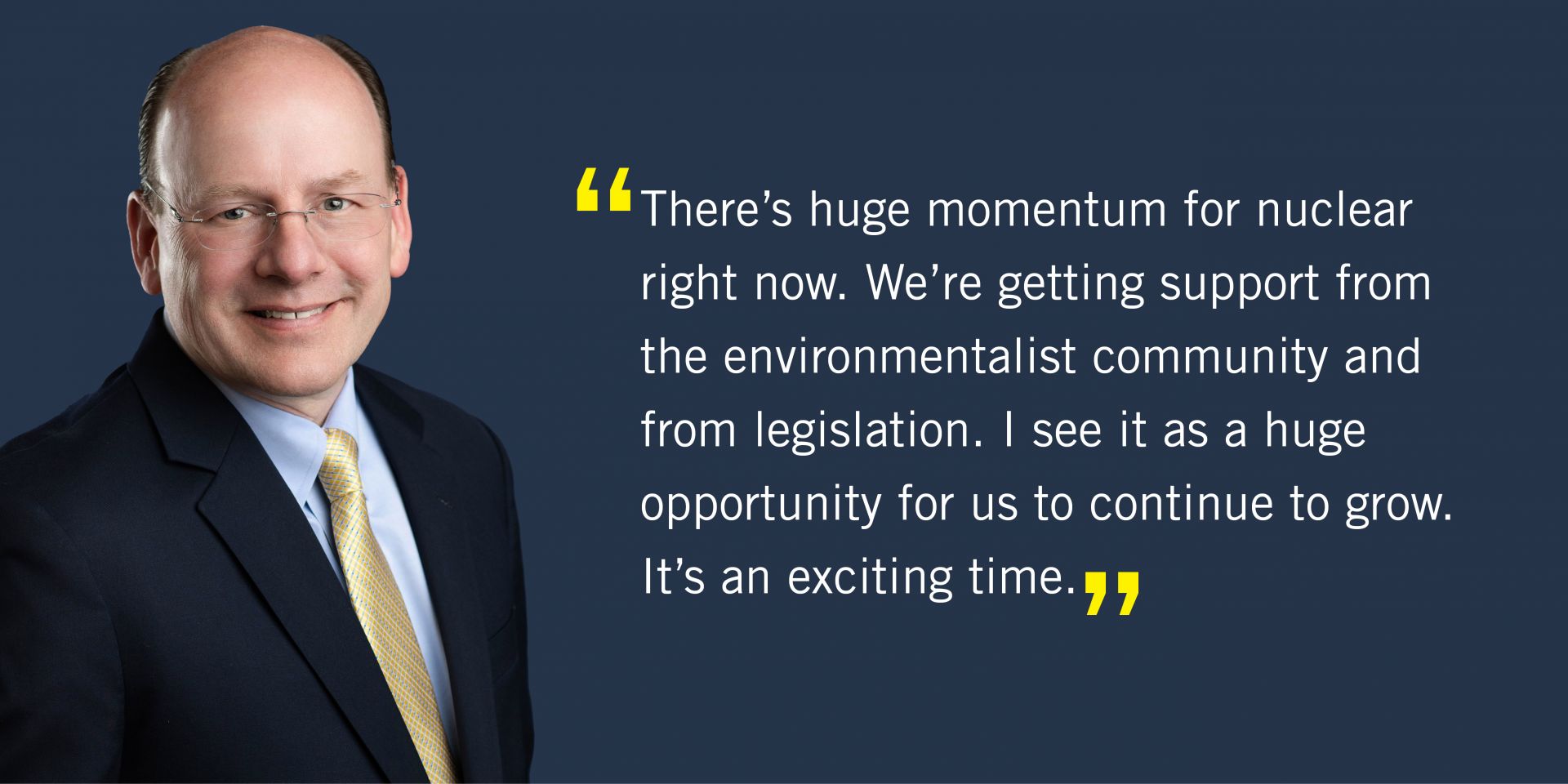Young Members Group shines at YPC

Ken Petersen
president@ans.org
A big thank-you to the American Nuclear Society Young Members Group for all it accomplished at the Young Professionals Congress (YPC) and President’s Special Session at the 2023 ANS Winter Conference and Expo.
The YPC was held on Saturday, November 11. Its chair, Miriam Kreher, and the YPC planning committee did an excellent job organizing and executing the congress. Its three tracks had something for everyone, including knowledge expansion and soft skills training. The speakers at the congress, including Katy Huff, assistant secretary for nuclear energy, were outstanding in every category.
The President’s Special Session was organized by the Young Members Group (YMG). Matt Wargon, YMG chair, and the planning committee did an incredible job. We kicked around several ideas for a theme before landing on “Space: The [Next] Nuclear Frontier.”


